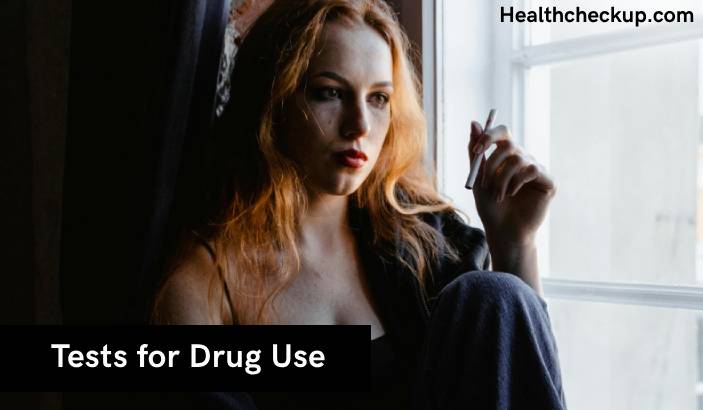According to the Substance Abuse and Mental Health Services Administration (SAMHSA), among people aged 12 or older, 59.8% used tobacco products, alcohol, or illicit drugs during the past month. In 2022, around 70.3 million people from the same age group used illicit drugs within the past year. Besides illicit drugs, people tend to misuse prescription medications. Problematic drug use has a significant impact on physical and mental health as well as overall quality of life. In this post, you’re going to learn how to recognize the signs that someone is on drugs.
Signs of Drug Use
Drug use can change a person’s appearance, behavior, emotions and moods, and their overall health and wellbeing. The exact signs of drug use depend on the type of drug, frequency of use, and overall health. We can divide them into physical, behavioral, and psychological symptoms.
Physical Signs of Drug Use
Some physical signs of drug use occur immediately, whereas others develop gradually. They include:
- Bloodshot eyes
- Pinpoint pupils
- Seizures or tremors
- Fatigue or lethargy
- Marks and scars on the skin
- Changes in appetite
- Changes in weight
- Reduced physical coordination
- Pale skin
- Poor personal hygiene
- Bad breath
Behavioral Signs of Drug Use
Drug use causes major changes in behavior, such as:
- Poor performance at school or work
- Increased desire for privacy and social withdrawal
- Frequent arguments with family or friends
- Defensiveness when asked about drug use
- Financial troubles
- Losing interest in activities or hobbies once enjoyed
- Spending more time with other people who use drugs
- Repeated lying and dishonesty
- Legal troubles
- Secretive and deceitful behavior
- Neglecting responsibilities
- Engaging in risky activities such as unprotected sex, stealing money to buy drugs, or attempting to forge doctor’s prescriptions
Psychological Signs of Drug Use
Drug use changes the way people think and feel. Common psychological signs to look for if you suspect someone’s using drugs include:
- Anxiety and/or depression
- Negative self-image
- Apathy or disinterest
- Emotional withdrawal from loved ones
- Mood swings
- Irritability
- Lack of motivation
- Fearfulness or paranoia for no reason
- Angry outbursts
Drug Use Tests
Drug tests rely on obtaining a biological sample to detect the presence of illegal or legal substances in your body. These tests can detect whether a person has been smoking, drinking alcohol, or using marijuana, cocaine, or other drugs. Different drug testing methods include:
- Urine drug test: the most commonly performed drug test; it generally screens for the presence of amphetamine, methamphetamine, benzodiazepines, cocaine, marijuana, PCP, and opioids. It takes around two hours before a substance is detected in urine. The presence of drugs in urine can be detected. The detection window is a few days, but chronic use can extend it to several weeks.
- Hair follicle drug test: determines whether a person has used drugs within the past 90 days. It involves collecting hair samples from the root, usually at the back of the head, close to the neck.
- Sweat drug test: detects drug use by collecting sweat samples, and its detection window ranges from a few hours to a few weeks.
- Mouth swab drug test: looks for the use of drugs by obtaining a saliva sample. The detection time for mouth swab tests is five to 48 hours.
- Blood drug test: primarily used in emergencies because it delivers precise measurements. This test detects substance use that occurred within the last two to 12 hours. Unlike the urine test, which detects metabolites of substances, this test discovers these compounds themselves.
Conclusion
Drug use, whether it involves illicit substances or prescription medications, causes a wide spectrum of changes in a person’s appearance, mental health, and physical well-being. Understanding these signs can help identify potential problems and encourage your loved one, family member, or friend to seek help.
Doctor, author and fitness enthusiast, Ahmed Zayed, MD, is a surgery resident with a passion for helping people live a happy healthy life. He is the author of numerous health-related books and contributor to several medicine, health and wellbeing websites.









